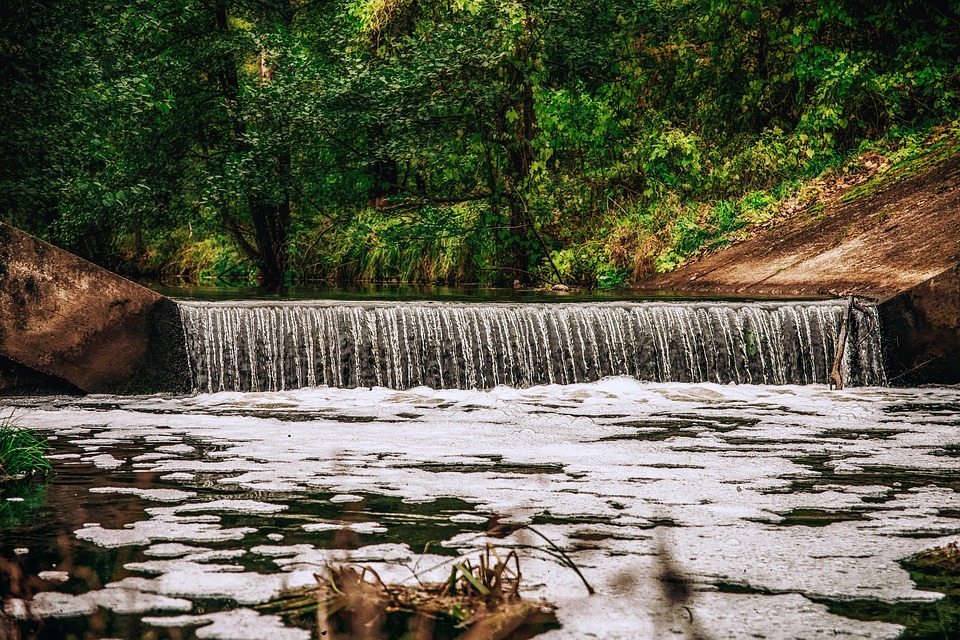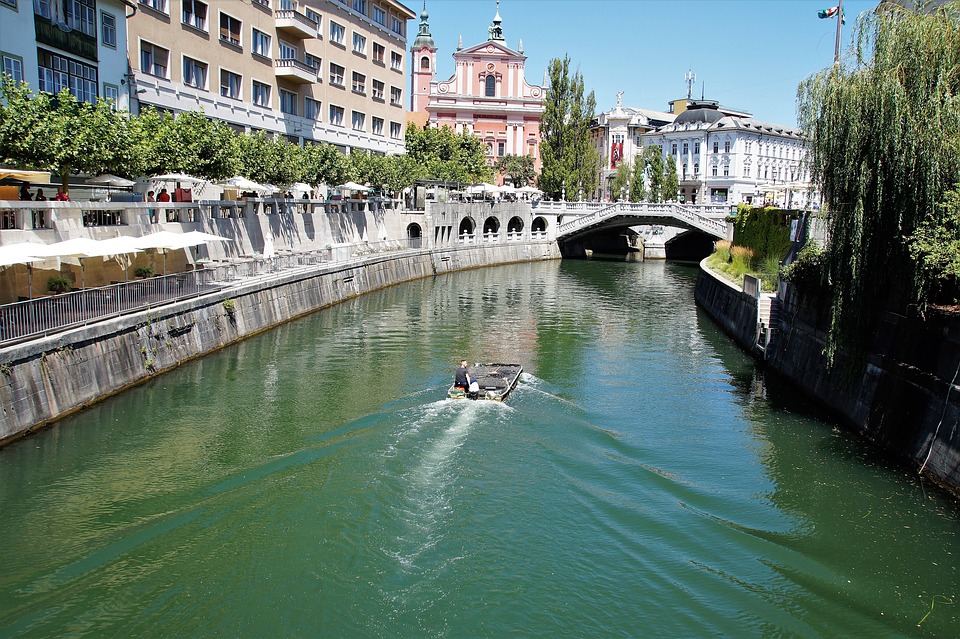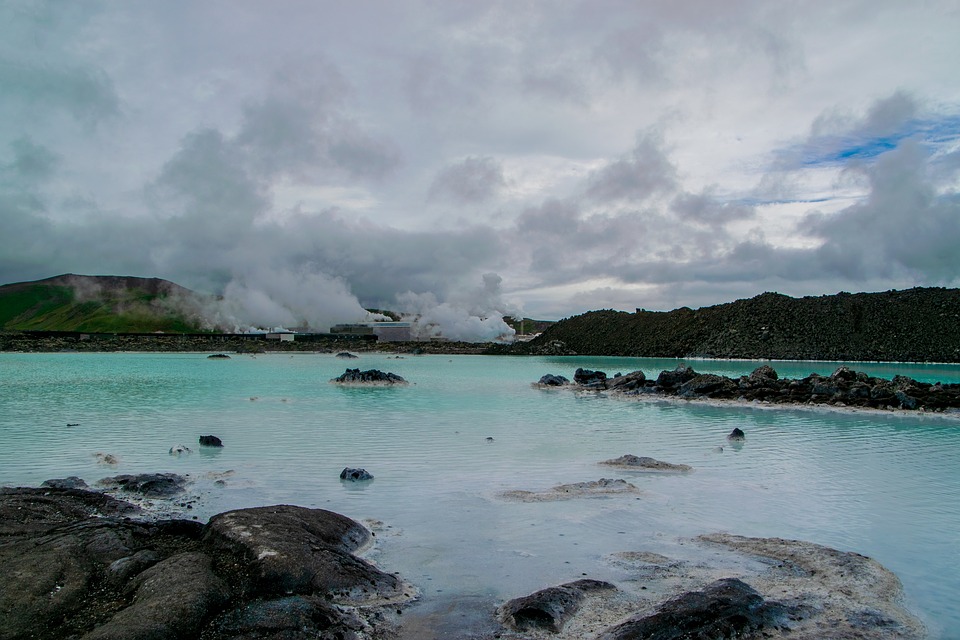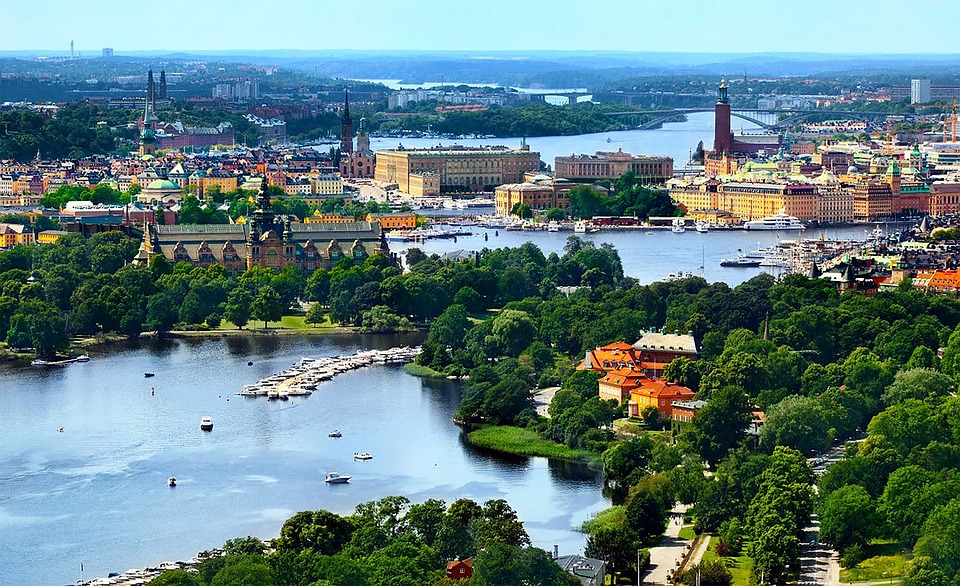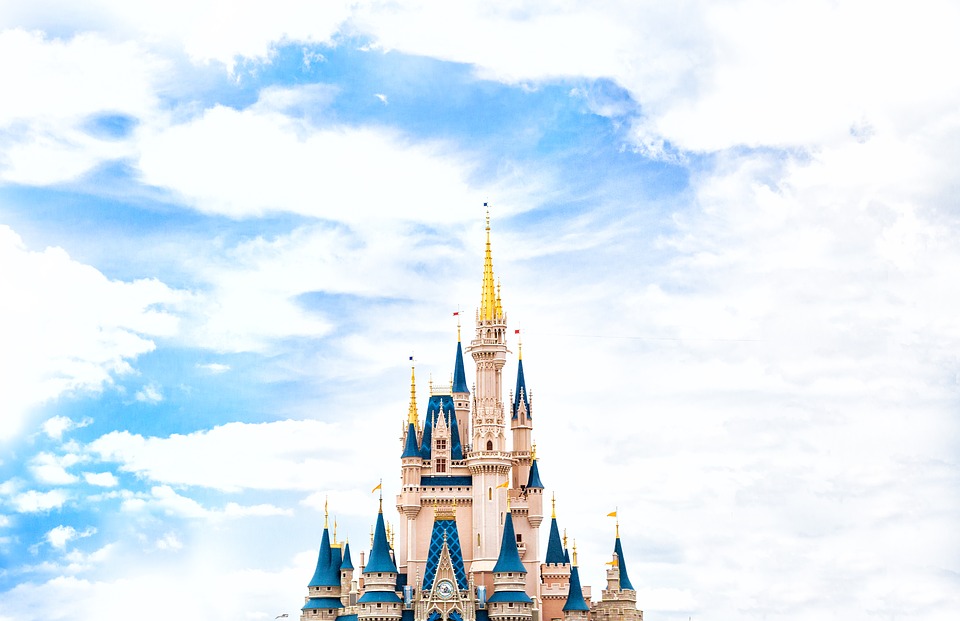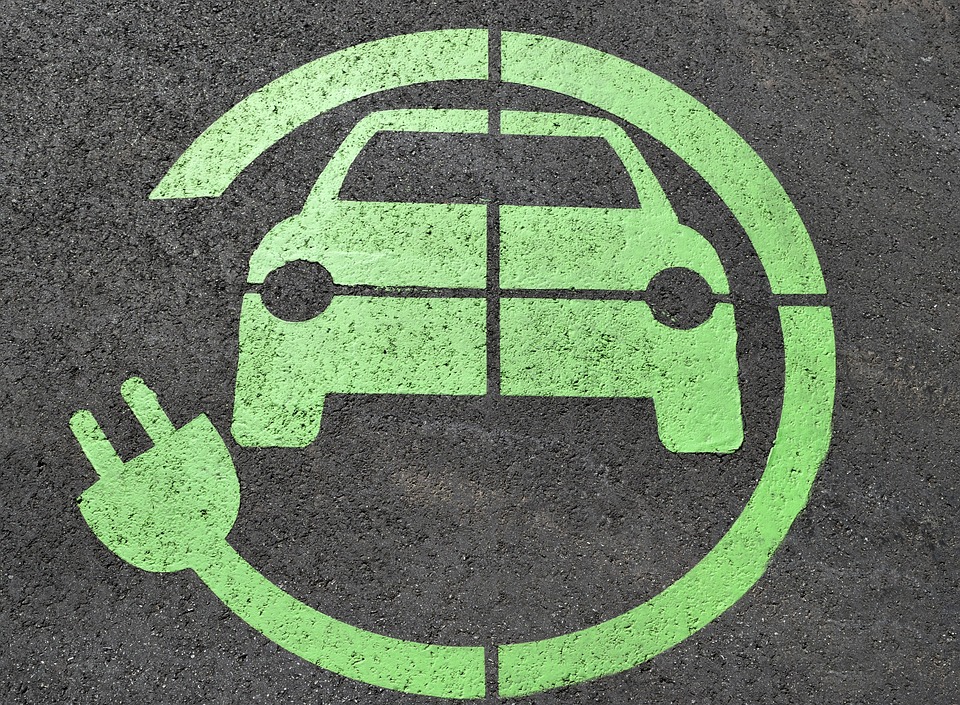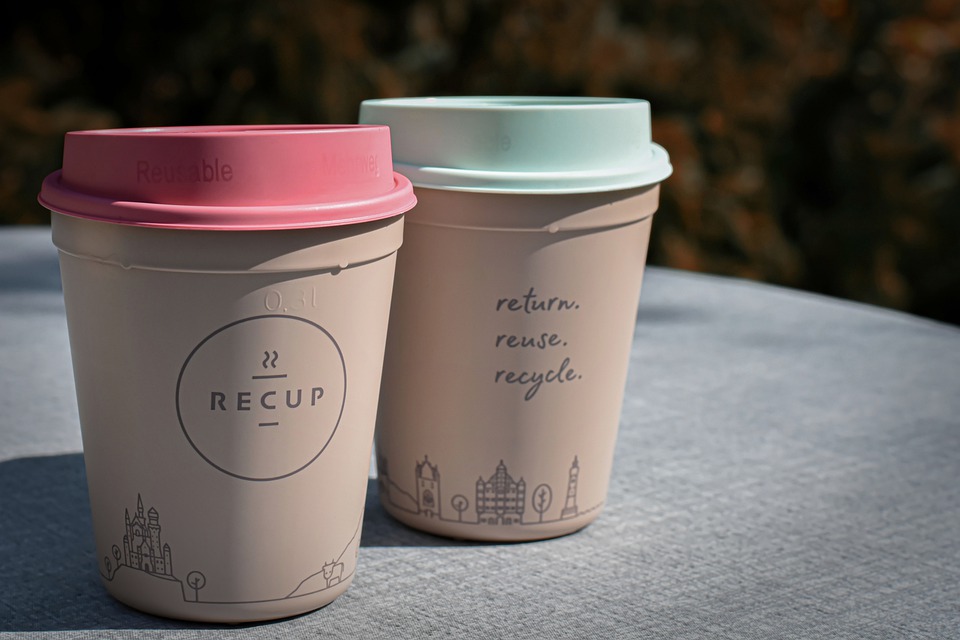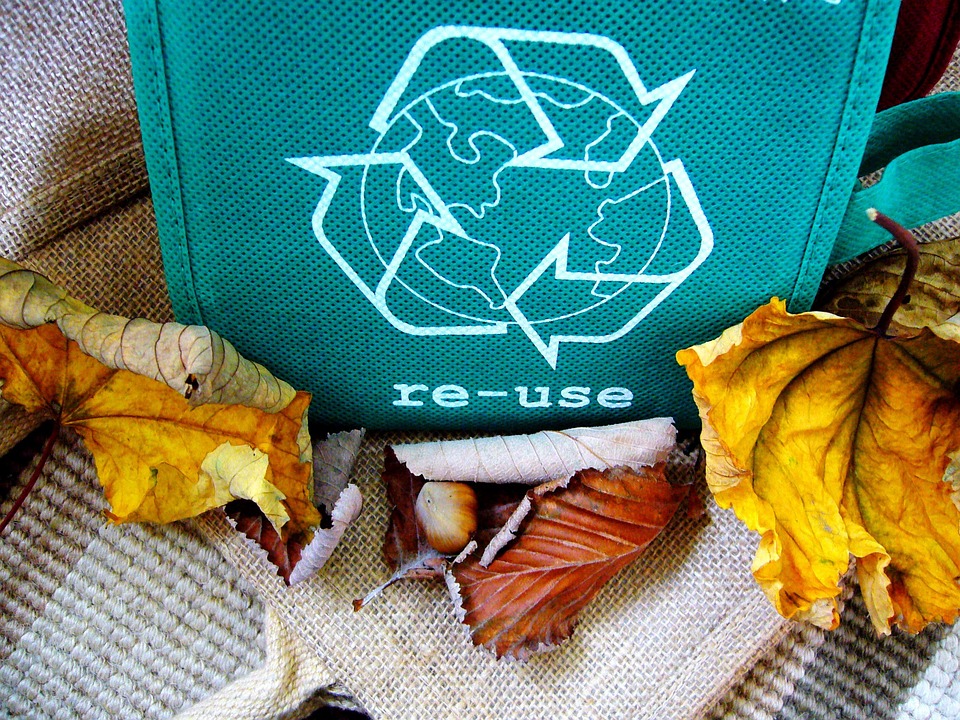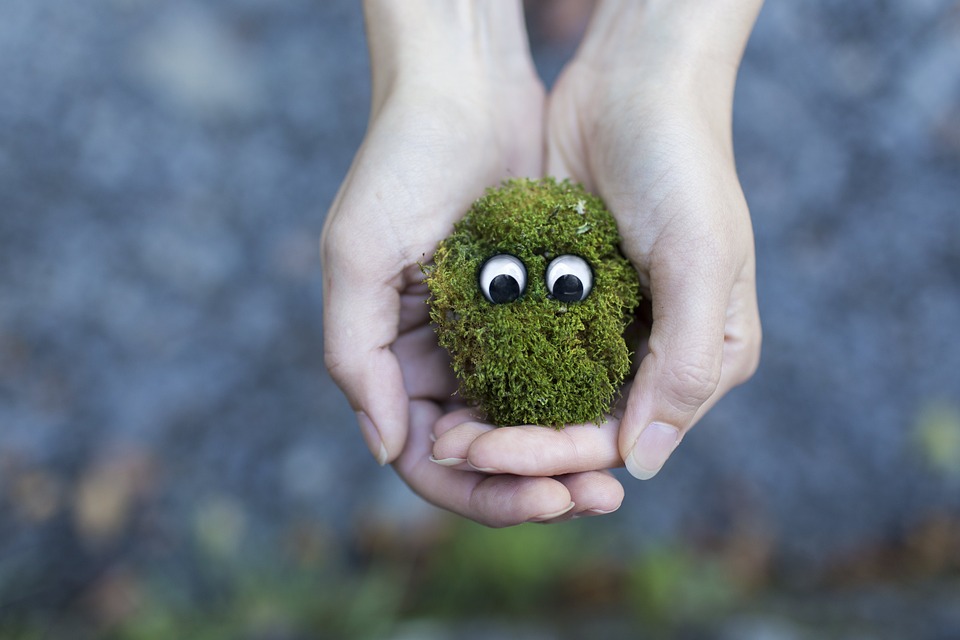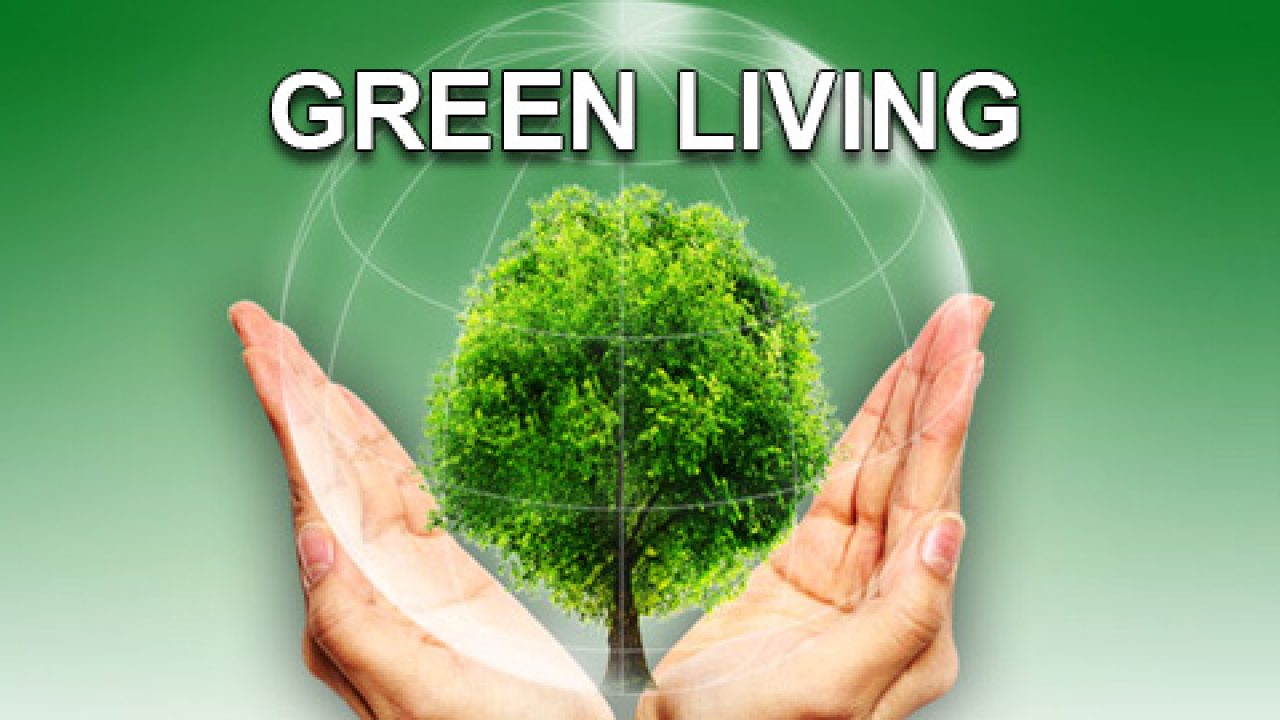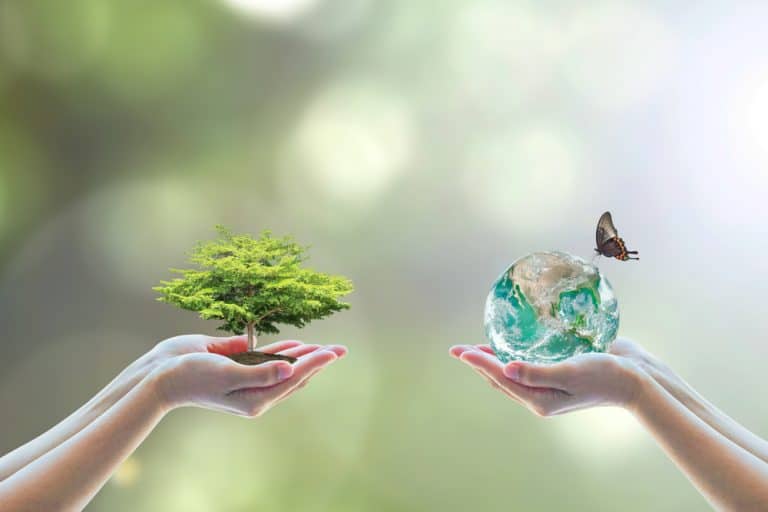With pollution and climate change on the rise, people are trying to be mindful of our resources. We’ve sounded the alarm too many times, and it seems that now is the time to change our destructive habits before it’s too late. Many brands have responded to the cry for help, but some unscrupulous brands are taking advantage of the situation. They merely see sustainability as a trend or a label they can plaster everywhere to increase sales. The worst part is that some of them don’t even change their production to fit into the sustainability category but just label their product as such. Let’s find out what greenwashing is and why bamboo is not sustainable in the fashion industry…
Bamboo…
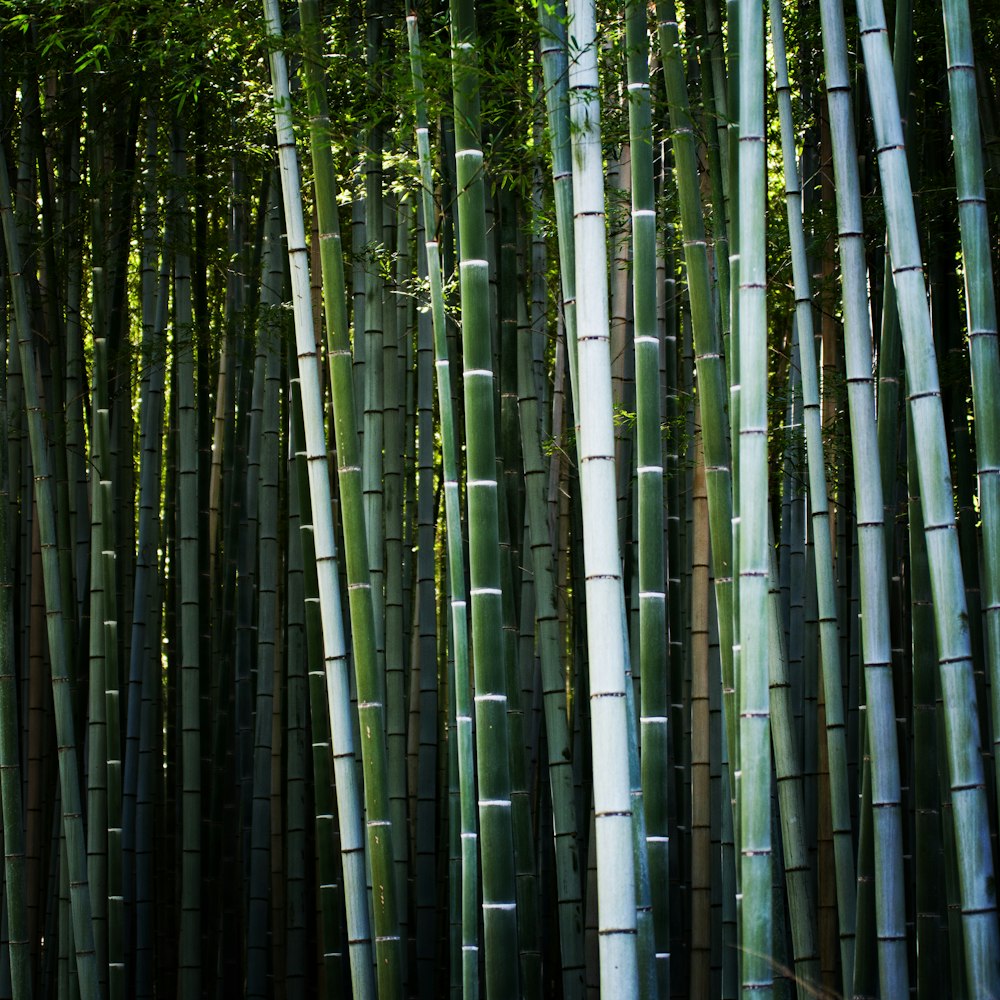
Lately, we’ve been experiencing a real bamboo craze. We have toothbrushes, straws, and even cutlery made of bamboo. The reason for this new obsession is that bamboo is a very sustainable material…. but does the same applies to bamboo fabrics?
Did you know that the textile industry is one of the top five most polluting industries in the world? People are rushing to find solutions to make the fashion industry more eco-friendly and reduce its impact on the environment, but some brands take advantage of this situation to increase their profit margins.
Greenwashing…
If you’ve never heard of greenwashing, let me introduce you to the concept. Brands that claim to be sustainable, but are only partially sustainable, or not at all, engage in greenwashing. Environmental issues give our marketers ideas; terms like “green”, “eco,” or even “natural” are thrown at any product to increase sales. Do some customers believe that something that is natural is automatically sustainable, but is this really the case?
Is Bamboo Eco-friendly?

Brands that use bamboo rely on true facts: Bamboo is the fastest growing plant, as it grows up to ninety centimeters per day, and it also removes pollutants from the soil and purifies the air. However, all manufacturers have pounced on this material, leading to great demand and the destruction of bamboo forests- not something that is sustainable in any sense of the word.
Bamboo is one of the biggest businesses in China, worth more than $60 billion. Research has shown that bamboo is not grown or harvested ethically, defeating the whole project from the get-go.
If the harvesting is unsustainable, what of the production side of things? There are two ways of producing textiles from bamboo: bamboo rayon and closed-loop.
Bamboo rayon is not sustainable at all, and producing it resembles the way synthetic fibers are made. A lot of energy and chemicals are used in its production, and there is so little bamboo in the final product that it cannot be called sustainable.
Closed-loop is closer to the sustainable side. Ethical companies try to replace toxic chemicals with much less toxic ones. It’s not perfect, but it’s better.
Should You Buy Bamboo Fabric?
I guess you’re all waiting for a clear and direct answer, but I don’t know. I would have waited until I was sure the raw material was grown and harvested sustainably, but if you want to try it out as is, that’s fine, and I have some tips for you.
When buying, try to ask the seller about the fabric to avoid buying bamboo rayon or bamboo viscose. Pay attention to the production method and look for the closed-loop production process used to make the Lyocell bamboo fabric. Ensure there are fair trade certifications and that the bamboo producer is organic (look for FSC certification).
Sustainable production of fabric has a long way to go, so we will have to be patient. Let us know in the comments what you think of bamboo fabrics…
